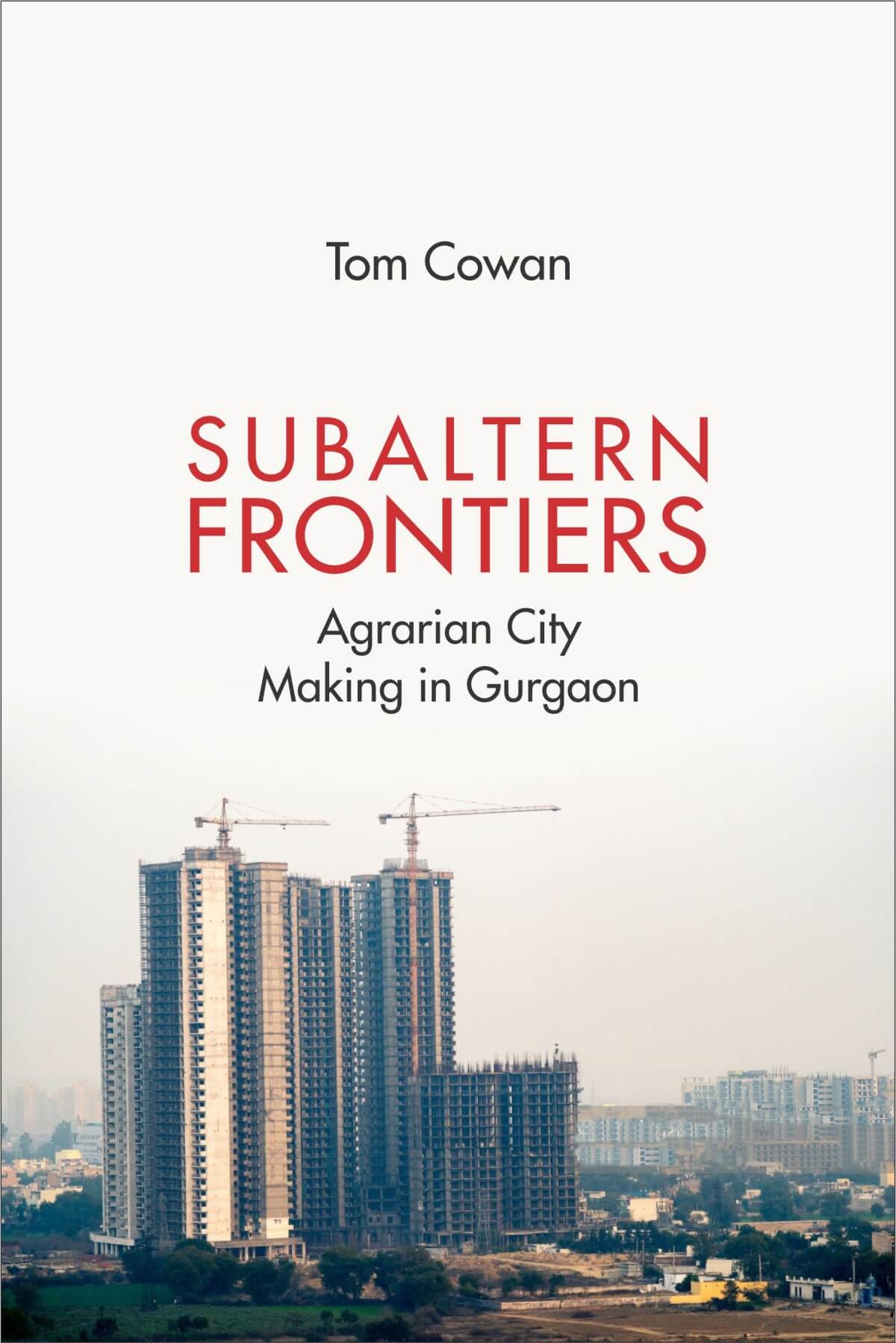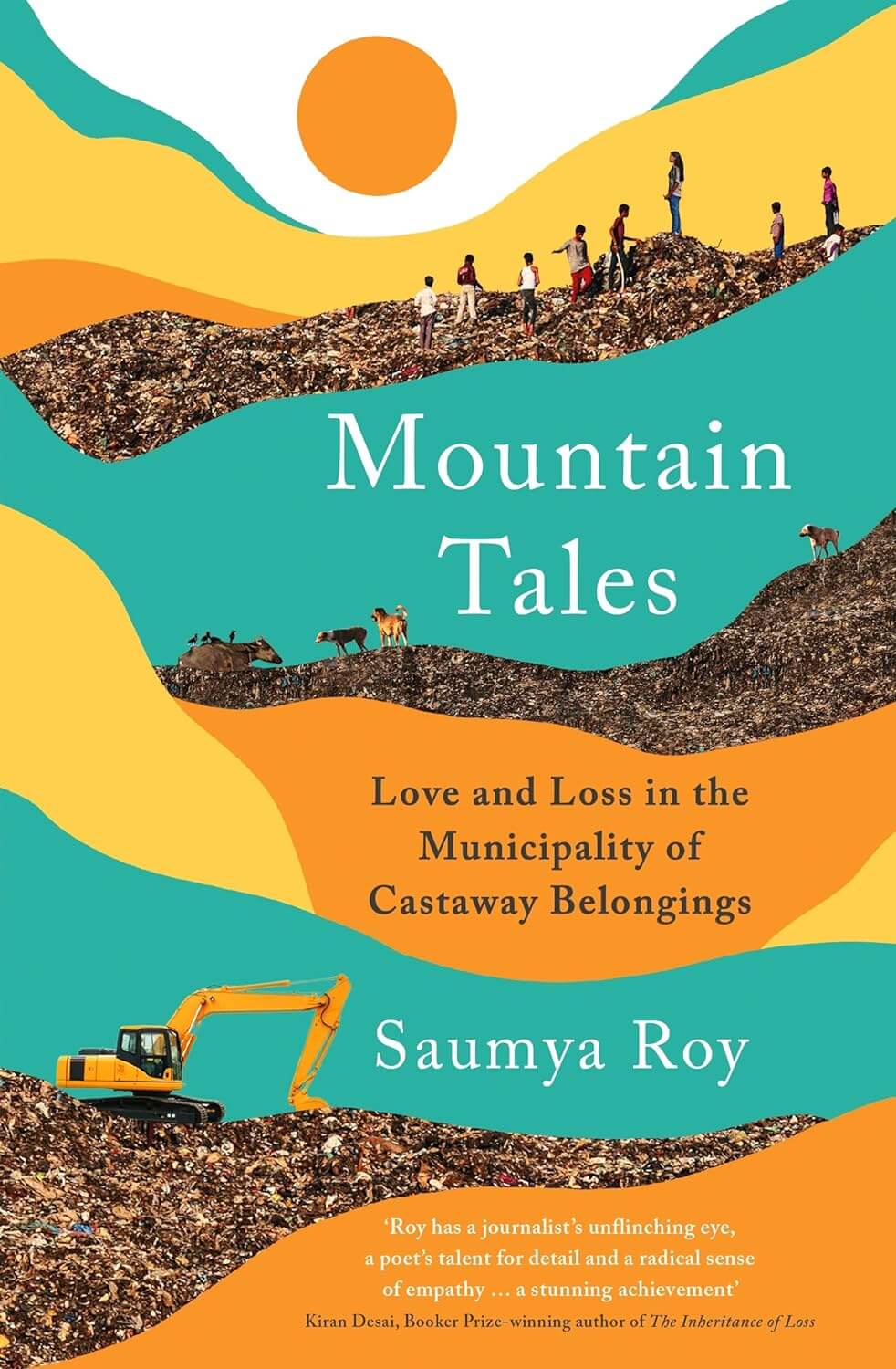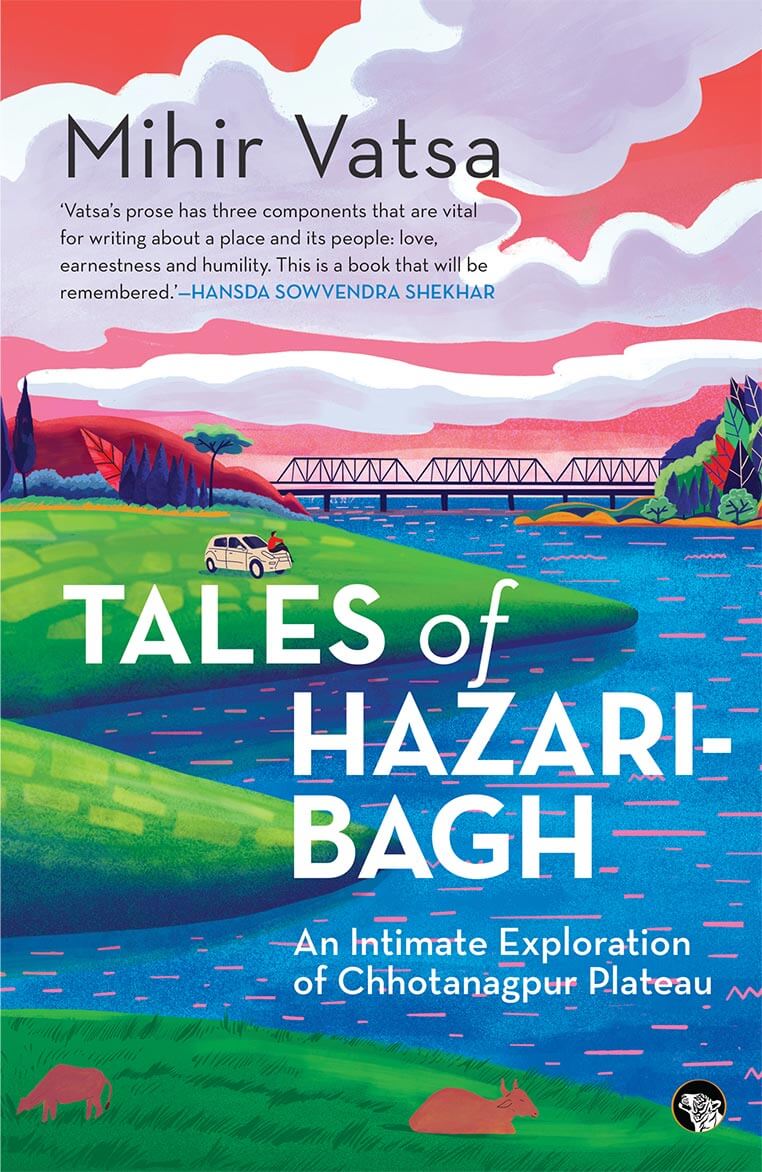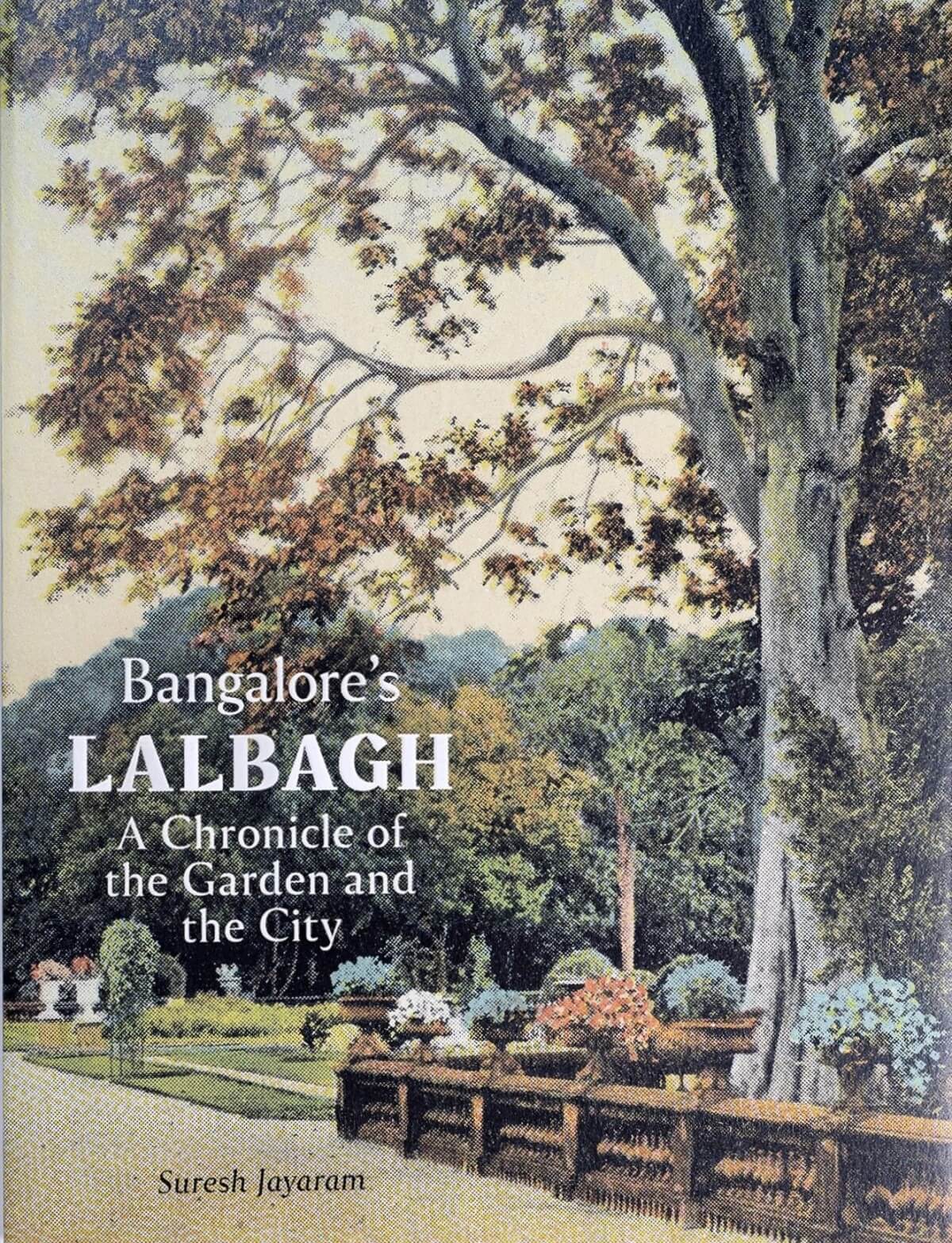
Reading the City: Book Recommendations for Seeing Indian Cities Differently
“Cities, like dreams, are made of desires and fears, even if the thread of their discourse is secret, their rules are absurd, their perspectives deceitful, and everything conceals something else.” ― Italo Calvino, Invisible Cities
India’s growth trajectory reveals the sheer diversity in the nature, pace and scale of change across its urban centers. They are spread across the spectrum, from small village towns finding themselves on the cusp of being deemed urban, to members of the densest urban agglomerations in the world. Research has indicated the existence of multiple challenges with drawing watertight boundaries around the definition of what constitutes urban. Often, limited definitions of categorizing urban regions can create restrictions in the way policymakers and planners shape instruments of action. Additionally, building contextual knowledge of the interconnected geographies within which new towns and city regions are emerging and operating remains critical to make sense of the way cities themselves are developing.
As we near the end of the year and reflect on our work, amongst other things, this holiday reading list is bound to offer a unique perspective on Indian cities. This blog glimpses into the complex interlinkages that exist within the geographies Indian cities occupy and impact. These four books, published between 2021-2023, take a nuanced look at ‘urban’ lives and ecosystems and in doing so, touch upon the throbbing pulse of cities finding their place in a rapidly urbanizing India.

Subaltern Frontiers: Agrarian City-Making in Gurgaon (2021) narrates the story of India's remarkable urban transformation by examining the politics of land and labor that have shaped the city of Gurgaon. Deconstructing the dazzling pace of urbanization in Indian cities through the lens of Gurgaon, the book looks at what changed, the actors who made it possible, and the stakes they negotiated, as the city’s once agrarian past gave way to a metropolitan future driven towards servicing the largest urban agglomeration in the world. The book deftly brings together the forcefield created by the interlinked realms of urban land governance and planning, agrarian history and labor markets in a post-liberalization India that was soaking in new aspirations of creating wealth.

Hailed as the city of dreams, Mumbai is many things to many people. What if these dreams are dreamed, materialized and dashed in the wastelands of municipal trash? Based on the city, as seen through the eyes of its underbelly, Mountain Tales: Love and Loss in the Municipality of Castaway Belongings (2021) delves into the lives of those for whom this rubbish is everything- home, work, community, affliction and treasure. Roy explores these castaways, referring as much to the secondary lives of waste as to those who handle them through this journey and in doing so frames the unsustainable pathways cities at large continue to carve for themselves.

Even as urban planners and policymakers continue to study and analyze the socio-economic and demographic changes in small towns in India, few outside of Jharkhand would have heard of Hazaribagh. Part travelogue, part memoir and part biography, Mihir Vatsa’s Tales of Hazaribagh weaves together the story of the hill town of Hazaribagh (literally translating to “a thousand gardens”), as the parallel journey of discovery- of self and place. Once a sanatorium to the British soldiers and now divisional headquarters for the Chhotanagpur plateau, the changing face of its local ecology remains the protagonist in this tale.

What happens when a particular object or location is cracked open to reveal the palimpsest of memories and history which has been deposited layer by layer over time to shape what we perceive as the present? Through Bangalore's Lalbagh: A Chronicle of the Garden and the City, Suresh Jayaram, a garden enthusiast historian and artist, chronicles Bangalore through the lens of Lalbagh Botanical Gardens. Lalbagh remains amongst India’s most prominent public gardens with its origins in the 16th century under Kempegowda-I and nurtured under the successive reigns of Hyder Ali and Tipu Sultan, followed by the Mysore State and colonial rulers, to governments in post-independent India. Jayaram combines photographic accounts with archival maps, paintings and illustrations to bring this public garden and the city within which it sits to life, even as it continues to accrue this historical magic dust, while providing shade, walking paths and wonder to the multitude of its visitors.
A growing body of literature on Indian cities can help unpack the dynamic nature of urban ecosystems. While this is by no measure a comprehensive list, it can help initiate wider discussions on what makes our cities and city regions truly unique.
Note: The names of cities used here are based on the usage employed by respective authors in their books. Therefore, Gurgaon is used for present day Gurugram and Bangalore for present day Bengaluru.
All views expressed by the author are personal.